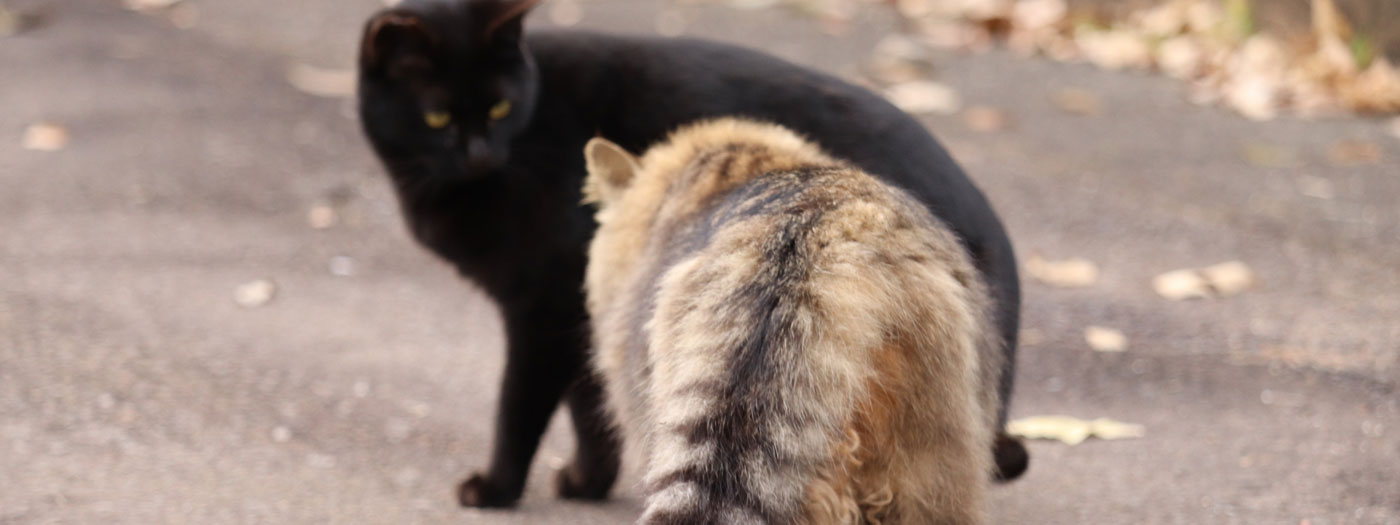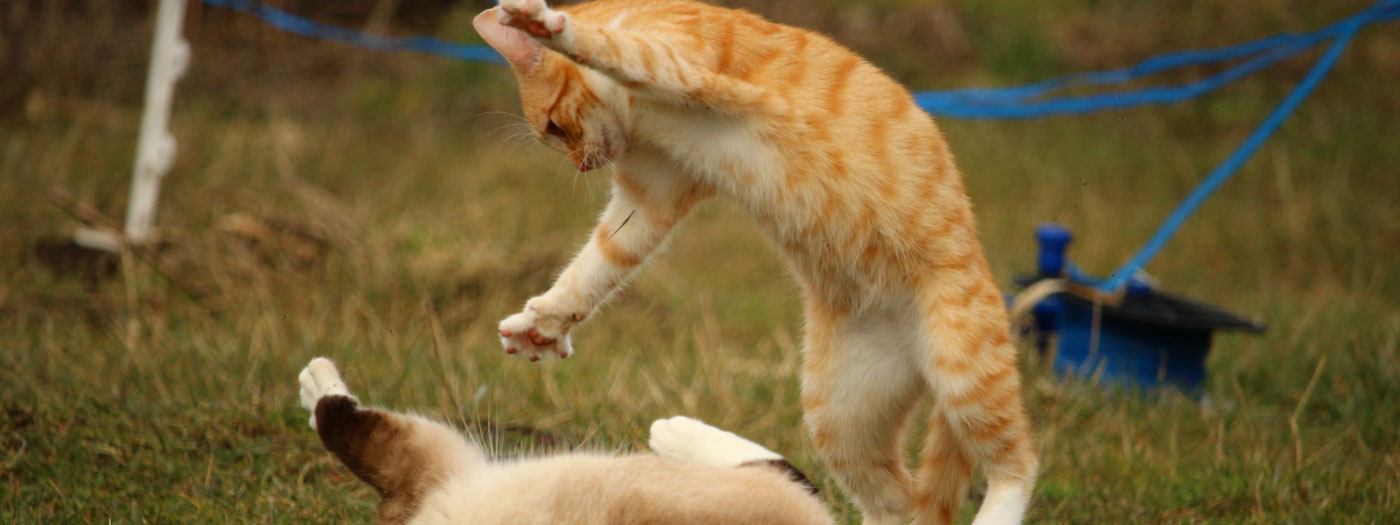
For many cat guardians, sudden hissing, swatting, or biting can be confusing and upsetting. The truth is, feline aggression is not about being “naughty” or “bad.” It’s a form of communication; your cat’s way of saying, “I’m scared, uncomfortable, or overwhelmed.”
1. Fear-Based Aggression
When a cat feels threatened or trapped, their instinct may be to lash out. This often looks like crouching, ears flat, dilated pupils, and swatting if approached.
Common triggers: new environments, loud noises, sudden movements, or strangers.
Gentle solution: Give your cat safe hiding spaces, avoid forcing contact, and introduce new experiences gradually and positively.
3. Territorial Aggression
Cats are naturally territorial, and aggression may occur when another cat or animal encroaches on their space. This is especially common in multi-cat households or when a new cat is introduced.
Signs: chasing, blocking access to resources, growling, or physical attacks.
Gentle solution: Ensure plenty of resources (food bowls, litter trays, resting spots) spread throughout the home. Use slow, positive introductions with new animals.

4. Play Aggression
Kittens and young cats often play roughly, using teeth and claws. Without appropriate outlets, this can escalate into painful play with humans.
Gentle solution: Provide interactive play sessions with toys (never hands!), puzzle feeders, and climbing structures to release energy in healthy ways.

5. Pain-Induced Aggression
A cat in pain or discomfort may react aggressively when touched or handled. This can look sudden and unpredictable, especially if the pain is chronic and not obvious.
Gentle solution: Always rule out medical issues with a vet when aggression appears suddenly. Addressing pain often reduces aggression significantly.
6. Status-Related Aggression
Some cats attempt to control access to resources or demand attention on their own terms. This isn’t about dominance, it’s about boundaries and confidence.
Gentle solution: Reward calm, polite behavior, and avoid giving attention when your cat is forceful. Positive reinforcement can reshape these interactions.
7. Maternal Aggression
A queen protecting her kittens may display defensive or offensive aggression.
Gentle solution: Give her space, minimize stress, and respect her need for safety during this sensitive period.
Aggression in cats is a symptom, not a personality flaw. By identifying the type and root cause, we can respond with patience, compassion, and evidence-based strategies that build trust rather than fear.
At Gentled Animals, we specialize in understanding the emotional lives of animals and helping guardians navigate challenges gently. If your cat is showing signs of aggression, reach out. Together, we can create a calmer, kinder home for both of you.